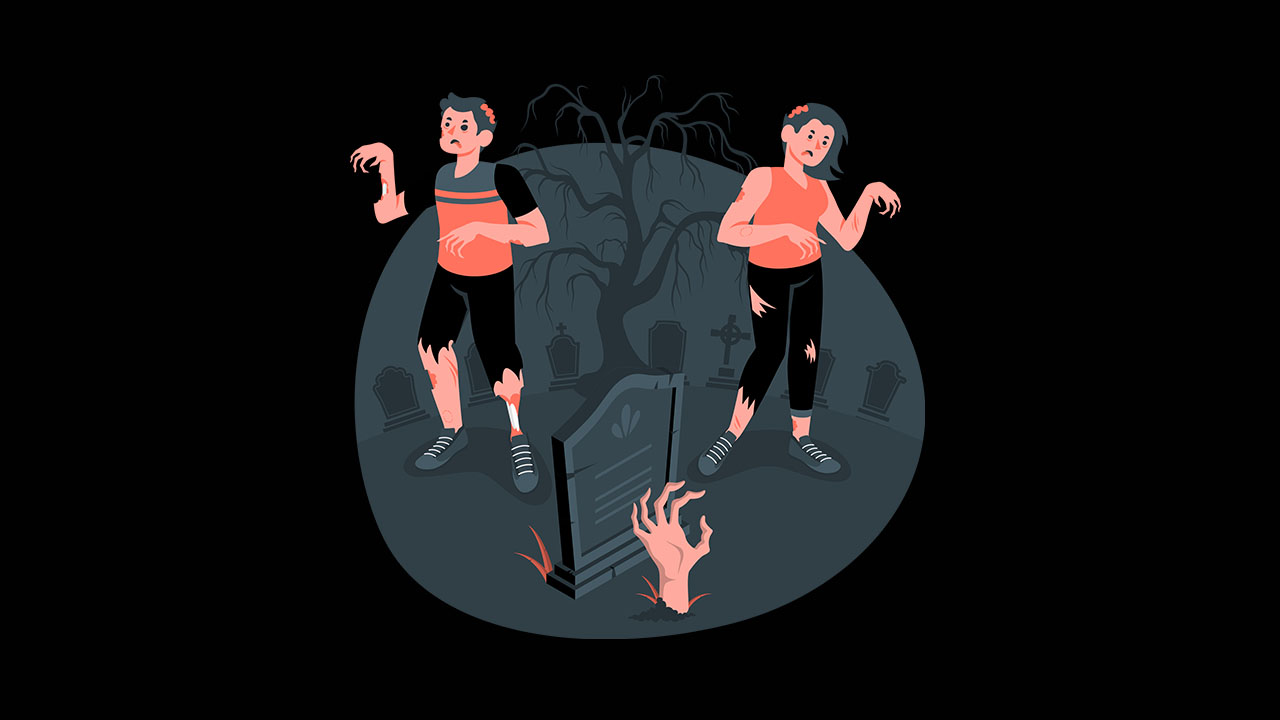In today’s world, it’s all too easy to get caught up in the endless cycle of bad news. This habit, known as doomscrolling, can be harmful to both our mental and physical health. Understanding what is doomscrolling, why it’s so addictive, and how to stop doomscrolling is essential for improving our well-being.
What is Doomscrolling?
Doomscrolling refers to the act of continuously scrolling through bad news on social media and news websites. This behavior is driven by the constant flow of negative content, which can make it difficult to look away. People often find themselves trapped in a loop of consuming distressing news, which can be overwhelming.
The term doomscrolling has gained popularity in recent years, especially with the rise of social media platforms. These platforms are designed to keep us engaged, often at the expense of our mental health. By understanding what is doomscrolling, we can begin to take steps to mitigate its effects.
Why is Doomscrolling So Addictive?
You might wonder, why is doomscrolling so addictive? This habit is deeply tied to the way our brains respond to negative news. When we encounter distressing content, our brains release stress hormones like cortisol, creating a sense of urgency that keeps us scrolling in search of more information.
Social media platforms amplify this issue by using algorithms that prioritize highly engaging content, which often includes negative news. This feedback loop makes it easy to fall into the habit of doomscrolling, as the platform continually feeds us distressing updates that capture our attention.
Additionally, doomscrolling can give us a false sense of control. By staying updated on current events, we may feel like we’re taking action, even if we’re passively consuming information. This illusion of control can make it harder to quit the habit.
What is an Example of Doomscrolling?
Doomscrolling Examples
There are several ways people engage in doomscrolling, especially on social media platforms.
Doomscrolling on Social Media
Social media platforms are notorious for encouraging doomscrolling. Sites like Twitter and Meta’s apps (Facebook and Instagram) are designed to keep users engaged with an endless stream of content. When distressing news is trending, it’s easy to get stuck scrolling for updates.
Twitter Doomscrolling
Twitter is a prime example. The platform’s algorithm promotes tweets with high engagement, which often include negative or sensational content. This can lead to hours of doomscrolling, as users scroll through threads and replies looking for additional details or reactions.
Doomscrolling on Meta Apps
Meta’s platforms, including Facebook and Instagram, also contribute to doomscrolling. The apps use sophisticated algorithms to show users emotionally engaging content, including disturbing news and images. This creates a cycle where users feel compelled to keep scrolling, unable to break away from the distressing updates.
Does Scrolling Affect Your Mental Health?
Yes, doomscrolling has a significant impact on mental health. Prolonged exposure to negative news increases stress levels, heightens anxiety, and can even lead to depression. It also disrupts sleep patterns, as late-night scrolling can make it difficult to relax and fall asleep.
Over time, doomscrolling creates a sense of helplessness, making it seem like the world is worse than it is. This can result in feelings of despair and reduce motivation to engage in positive actions or activities.
How to Stop Doomscrolling
If you’ve been wondering how to stop doomscrolling, the good news is that it’s possible to break this habit with some conscious effort and the right tools.
Using WallHabit
WallHabit is a powerful tool designed to help you reduce screen time and regain control over your app usage. Here’s how WallHabit can help you stop doomscrolling:
- Hold to Unlock: WallHabit’s unique “hold to unlock” feature creates a small barrier, requiring you to hold down your screen to access specific apps. This pause gives you a moment to reconsider opening an app, helping to prevent mindless scrolling.
- Blocking Features: With WallHabit, you can block entire apps or specific types of content, such as news feeds or videos. This can be especially helpful for breaking the cycle of doomscrolling on social media.
By using these features, you can create a healthier digital environment and develop better habits to stop doomscrolling.
3 Benefits of Stopping Doomscrolling
If you’re wondering how to quit doomscrolling, it’s helpful to understand the benefits of breaking the habit:
- Improved Mental Health: Limiting exposure to negative news can significantly reduce stress, anxiety, and feelings of helplessness. This creates more space for positivity and calm in your life.
- Better Sleep: Cutting out doomscrolling before bed can lead to better sleep quality, making it easier to fall asleep and wake up feeling rested.
- Increased Productivity: Spending less time on doomscrolling frees up time for meaningful activities. You can focus on hobbies, work, or quality time with loved ones, boosting your productivity and sense of accomplishment.
Conclusion
Doomscrolling is a harmful habit that negatively affects both mental and physical health. By understanding why is doomscrolling so addictive and learning how to stop doom scrolling, you can break free from this cycle.
Using tools like WallHabit to manage screen time and reduce exposure to distressing content is a powerful way to quit doomscrolling. The benefits—better mental health, improved sleep, and increased productivity—are well worth the effort. Start your journey today and take control of your digital habits for a healthier, more balanced life.

